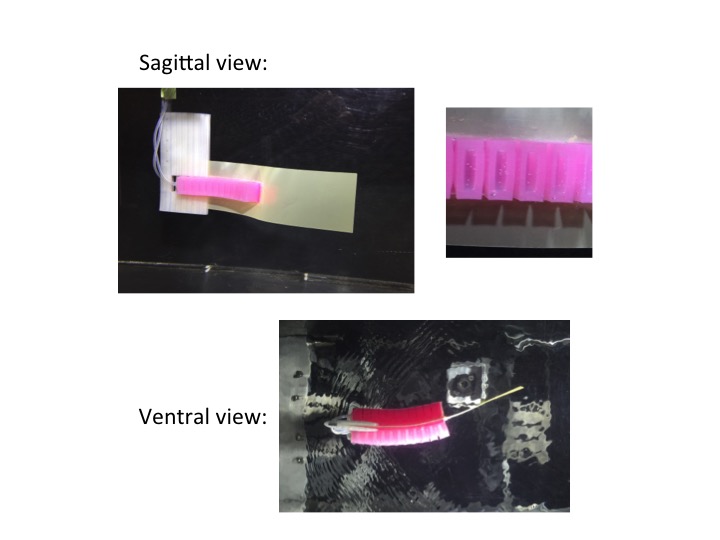Ardian.Jusufi@empa.ch
Lay Summary
Towards robots with more lifelike movement capabilities as novel tools for biologists to study animal locomotion – Dynamic body models integrating active-soft materials and multi-scale manufacturing methods.
The research project aims to contribute to the study of animal locomotion. Specifically, robots will be developed to serve as dynamic body models to study locomotion. In this way, the current scientific understanding of the locomotor system of animals can be expanded and, in addition, the movement capabilities of robots can be further developed.
Content and goals of the research project
This interdisciplinary project focuses on the application of new achievements in robotics such as active-soft materials and multi-scale manufacturing methods. Their integration will enable new capabilities in swimming as well as multi-legged walking robots. First, walking robots will be used to measure their abilities to overcome obstacles. Then, the performance of robots with a caudal limb will be investigated, as it is known from biomechanics that the lizard tail plays an important role in climbing. Ultimately, active-soft materials and sensor technology will be integrated into a robotic fish to explore undulatory swimming under variation of body stiffness. Control technology will be further developed with respect to decentralized mechanical feedback.
Scientific and societal context
The goal of this basic research is to better understand the locomotor system. Robots will serve as an instrument for experimental biology: Used as animated body models, animal movement processes can be simulated. In this way, invasive animal experiments (e.g. ablation) could be partially dispensed with.
